Super Blue Moon 2024: When can you see the Supermoon?
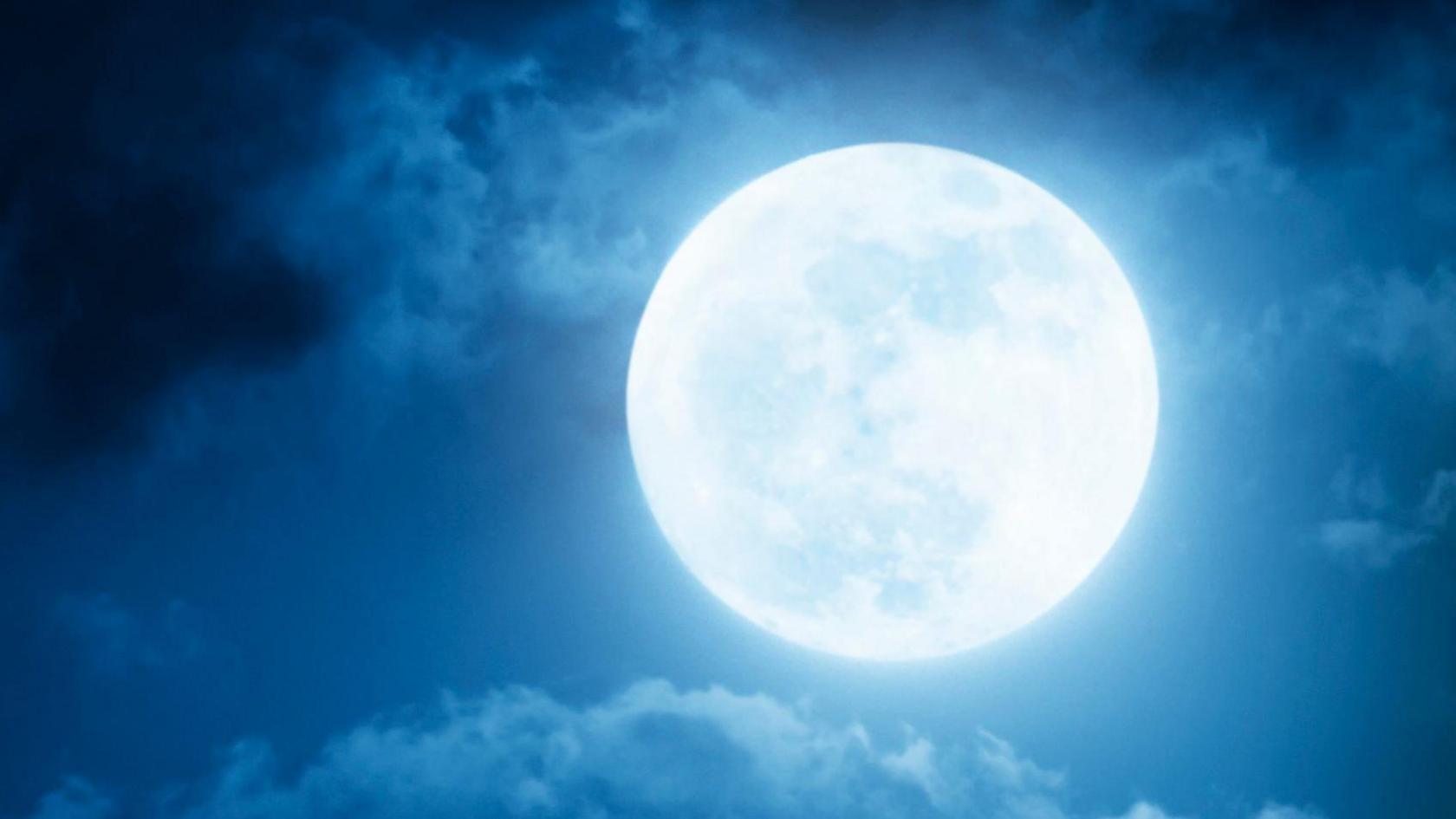
- Published
There's some exciting news for all you budding astronomers - there's a full Moon coming later this month.
But this full Moon is particularly special as it's a blue Supermoon.
A Supermoon is when a full Moon is closest to the Earth, appearing bigger and brighter than normal - up to 14% bigger and 30% brighter than regular full Moons.
This Supermoon will be visible on Monday 19 August and will appear full in the sky for three days.
And if that weren't enough of a reason to get your eyes looking towards the night's sky, this month's Supermoon is also a Blue Moon.
But what is a Blue Moon? There's more to it than you might assume!
Find out here.
More space news
Scientists find evidence of 'oceans' of underground water on Mars
- Published12 August 2024
Perseid Meteor Shower 2024: When is it? How can I see it?
- Published15 July
Scientists have recovered rocks from deep within Earth's mantle
- Published9 August 2024
What is a Blue Moon?
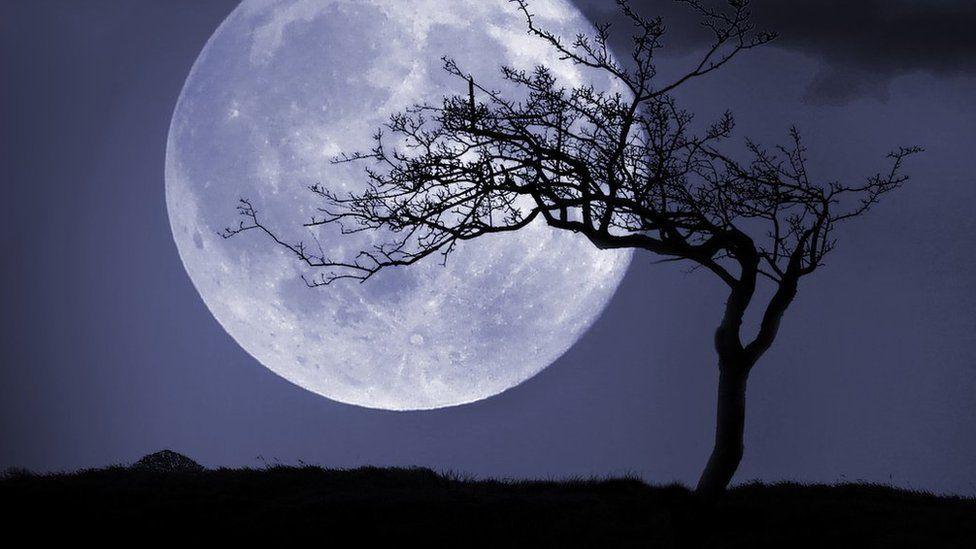
You may have heard of the phrase "Once in a Blue Moon" before.
People use this phrase when they are talking about something rare that doesn't happen very often.
But did you know it has a link to astronomy?
There are actually two definitions of a Blue Moon.
The first one describes the third full moon in a season which has four full moons in total.
This is the Blue Moon that will appear later this month.
However, the term is also used to describe a phenomenon that happens every two to three years.
It takes a year for the Earth to orbit the Sun once and the Moon takes 29.5 days to complete one cycle around the Earth.
This means that 12 full cycles of the Moon around the Earth takes 354 days. That's less than the 365 days (or 366 days during a leap year) in our calendar year.
As the time frames don't quite match up, every two to three years we end up getting a 13th full moon, with two full months seen in a single month.
A Blue Moon is the rarer second full Moon in this month, and the next one isn't expected until 2026.
What is the best way to see the Super Blue Moon?
Beginner's guide to astronomy
You will need a clear night with little cloud coverage, away from buildings and street lights to give you the best view possible.
And although you do not need any special equipment to enjoy the night sky, a pair of binoculars will help you get an even better view.
Why do the monthly full moons have names?
Worm Moon: What is it, and how does it happen?
Throughout history people have used the Moon, and the light it reflects, for different tasks - like hunting, planting and harvesting.
Cultures across the world give these full moons different names to fit with what was happening in the month. You can find out all their different names below.
What are the names of the monthly full moons?
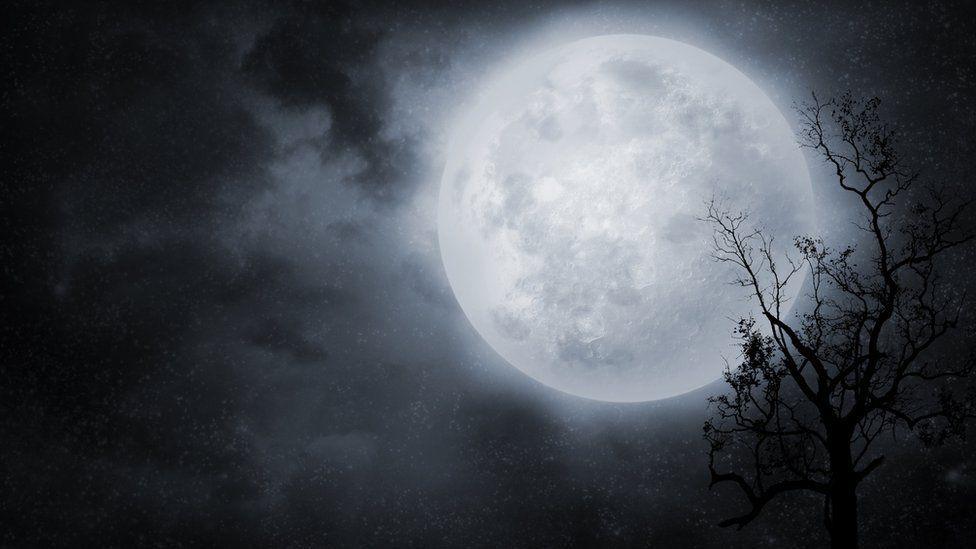
January: Wolf Moon
Native Americans and Medieval Europeans called this moon a Wolf Moon, it's thought to be because wolves howled more at this time of year as there was less food.
February: Snow Moon
The snowy weather of February in North America led to the name Snow Moon. Other common names include Storm Moon and Hunger Moon.
March: Worm Moon
The Worm Moon appears in March at the end of winter when little creatures like worms start squirming out of the ground. It's also called Milk Moon.
April: Pink Moon

Pink Moon was named after phlox flowers
Disappointingly the Pink Moon isn't actually pink. It's named by native Americans after pink flowers called wild ground phlox, which bloom in early spring and appear throughout the United States and Canada.
It is also called Egg Moon and Fish Moon in other cultures.
May: Flower Moon
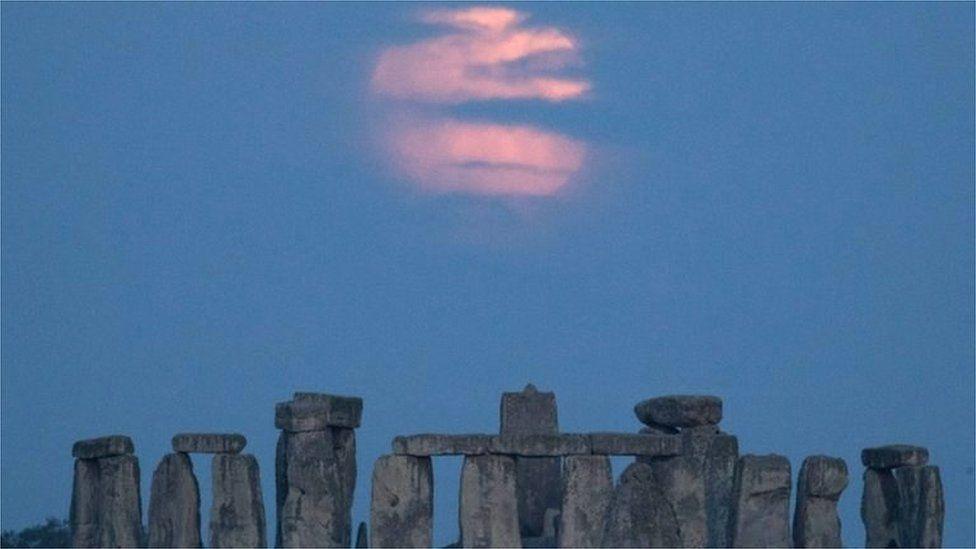
In May 2021 the UK saw a rare super flower blood moon
May's spring flowers are the reason for this month's name.
Other names include the Hare Moon, the Corn Planting Moon, and the Milk Moon.
June: Strawberry Moon
Native American Algonquin tribes named this moon the Strawberry Moon. This is because they would harvest strawberries during this time.
It's also called the Honey Moon, Rose Moon and Mead Moon.
July: Buck Moon
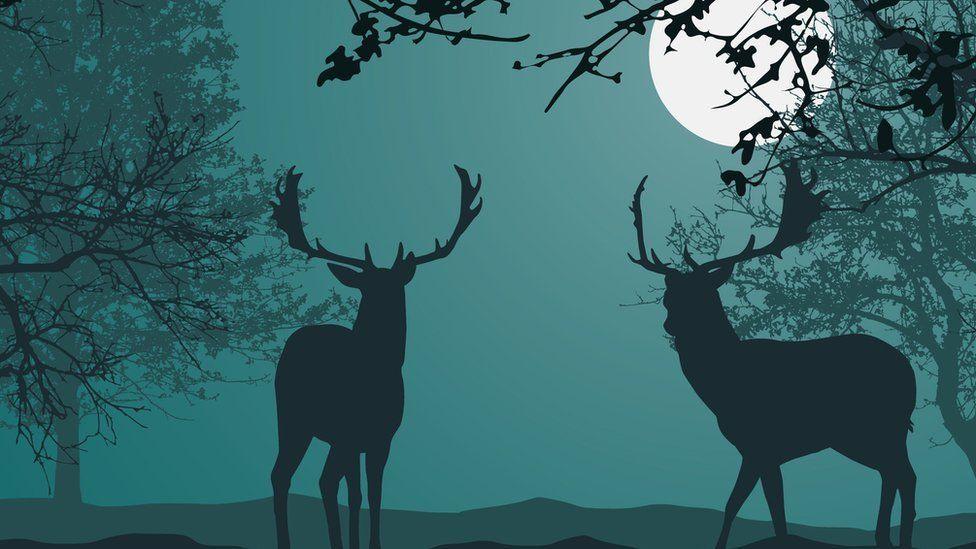
The Buck moon is in July and is sometimes known as the thunder moon
This is the time when a buck, which is a male deer, grows its full antlers. This moon is also called Thunder Moon after the summer thunder storms.
August: Sturgeon Moon
Tribes in North America caught sturgeon, a type of fish, around this time.
It is sometimes called a Grain Moon.
September: Corn Moon
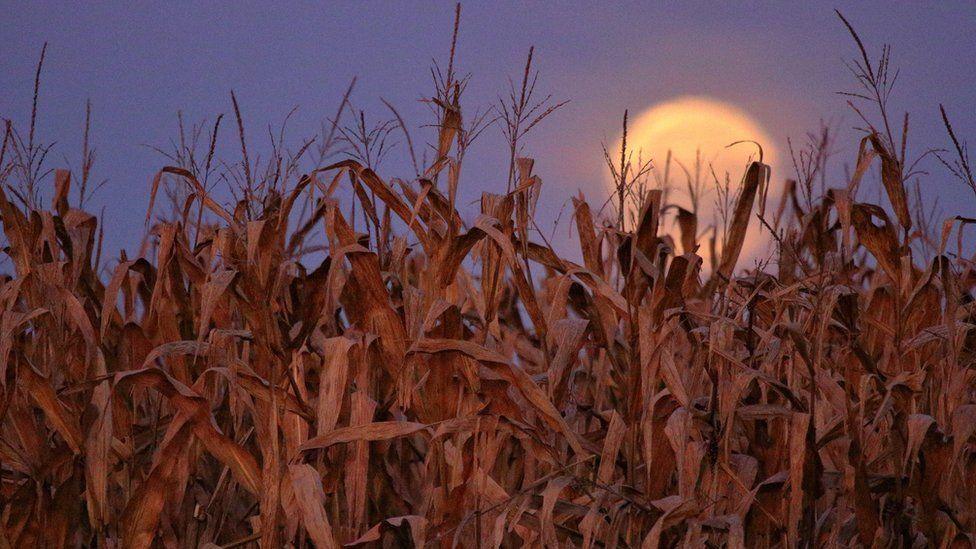
If it is the nearest full moon to the autumnal equinox it is called the Harvest Moon instead.
September's full moon is probably called Corn Moon because that's when crops are gathered at the end of the summer season.
At this time, the Moon appears particularly bright so farmers could continue harvesting into the night.
October: Hunter's Moon
This is the time when people would plan for the winter months and hunt animals for food.
Like September's moon it is sometimes called the Harvest Moon.
In 2020 October's first full moon was a Harvest Moon and the second a Blue Moon.
November: Beaver Moon
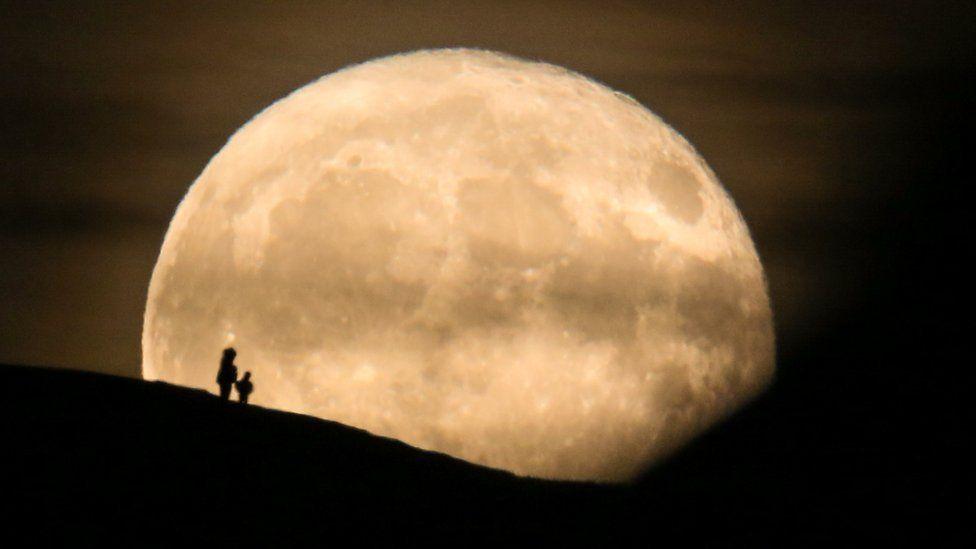
A full November Beaver Moon rising above the top of Glastonbury Tor
Beavers often start building their dams about this time which is where it got its name. It is sometimes called Frost Moon.
December: Cold Moon
The winter chill gave December's full moon the name Cold Moon. Other names include the Long Night Moon and the Oak Moon.
What are conditions like on the Moon? Video, 00:02:14
- Published20 July 2019
A beginner's guide to astronomy. Video, 00:01:54
- Published30 August 2022
Check out this amazing moon map!
- Published27 April 2020
CORRECTION December 29: This article has been edited to read that at its closest point, the Hunter's Moon can appear up to 14 % bigger. The article had previously said up to 30% bigger.
